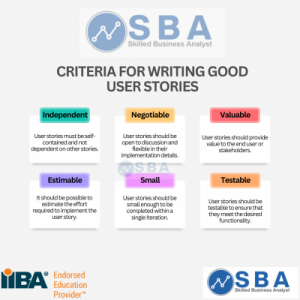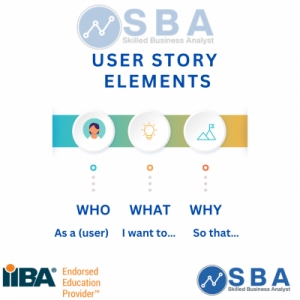

A user story is a concise, informal description of a feature or functionality from the perspective of the end user. It provides a concise and user-centric way to capture requirements, focusing on the needs and expectations of end-users. In this post we will delve into detail on how a user story is structured using an example.
Context:
The sales team at XYZ Company is currently using a CRM system to manage their customer relationships and sales processes. However, they are facing challenges in effectively tracking and managing customer interactions, which is impacting their ability to nurture relationships and close deals.
There is a need for a more streamlined and comprehensive solution that allows sales representatives to log customer interactions, set reminders, and generate insightful reports within the CRM system.
This will enable the team to have a centralized view of customer communication, stay organized, and make data-driven decisions to maximize sales effectiveness.
User Story elements:
As a <user> I want to <…> so that <…>
User Story 1:
As a sales representative, I want to log customer interactions, including calls and meetings, within the CRM system, so that I have a centralized record of all communication for each customer.
User Story 2:
As a sales representative, I want to set reminders and follow-up tasks based on customer interactions so that I do not miss any important leads or opportunities.
User Story 3:
As a sales representative, I want to generate comprehensive reports and analytics on customer interactions to help me identify patterns and make informed decisions to drive sales growth.
Guidelines for writing effective user stories:
- Independent: User stories should be self-contained and not dependent on other stories.
- Negotiable: User stories should be open to discussion and flexible in their implementation details.
- Valuable: User stories should provide value to the end user or stakeholders.
- Estimable: It should be possible to estimate the effort required to implement the user story.
- Small: User stories should be small enough to be completed within a single iteration.
- Testable: User stories should be testable to ensure that they meet the desired functionality.
User stories are great for Business Analysts to use as they are customer focused and BAs think with the customer hat focusing on value. Each user story must be accompanied by acceptance criteria which we will delve into in our next post! If you are keen on learning how to write user stories contact The Skilled Business Analyst today! We will help take your BA career to the next level!
Yours in Analysis
Tendai
Business Analysis Instructor

